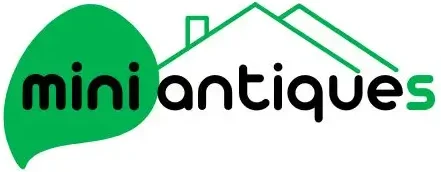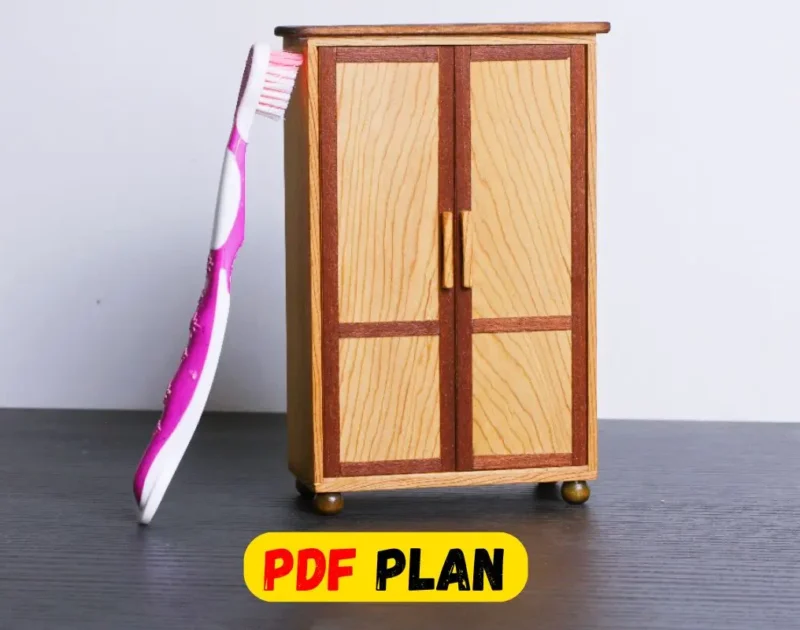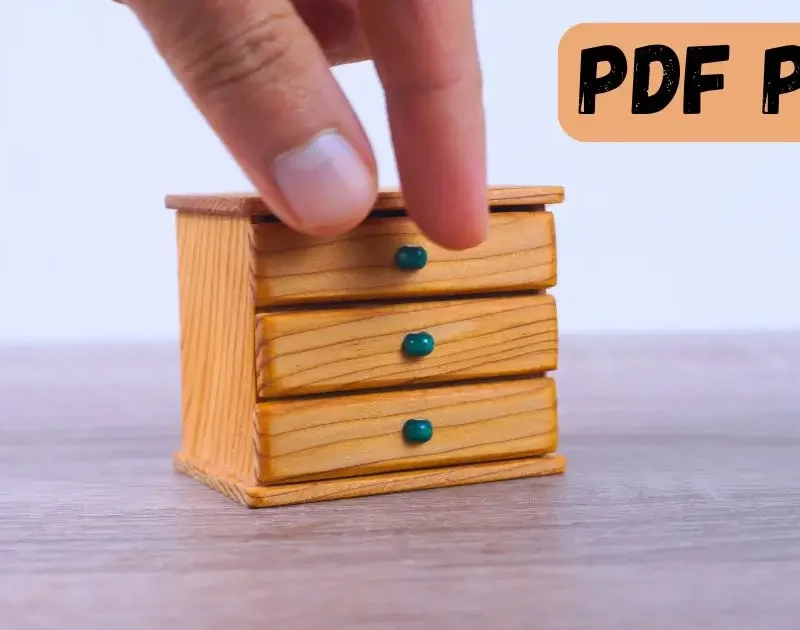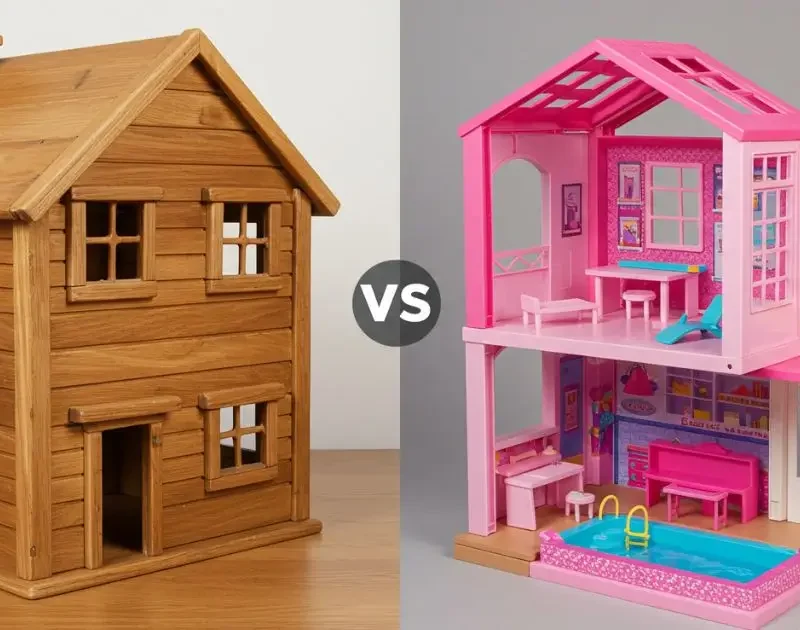Learning colors and shapes is a fundamental milestone in early childhood development. As parents, choosing the right educational toys can make this journey both fun and effective for your little ones. This comprehensive guide explores the best toys that help kids learn colors and shapes while supporting their cognitive development.
Why Colors and Shapes Matter in Early Learning
Understanding colors and shapes forms the foundation for many academic skills. Color recognition helps children categorize objects, while shape identification develops spatial awareness and mathematical thinking. These skills directly impact reading readiness, problem-solving abilities, and artistic expression.
Research shows that children who master basic colors and shapes early often demonstrate stronger performance in kindergarten and beyond. The key lies in making this learning process engaging through carefully selected educational toys.
Top Educational Toys for Color and Shape Learning
Shape Sorters: The Classic Choice
Shape sorting toys remain one of the most effective tools for teaching both colors and shapes simultaneously. These toys challenge children to match geometric forms while identifying different hues. Popular options include wooden shape sorters, plastic stacking toys, and magnetic shape boards.
The repetitive nature of shape sorting helps reinforce learning through muscle memory. Children develop fine motor skills while absorbing essential concepts about triangles, circles, squares, and rectangles.
Building Blocks: Versatile Learning Tools
Colorful building blocks offer endless possibilities for color and shape exploration. Whether wooden, plastic, or foam, blocks allow children to create patterns, sort by attributes, and experiment with spatial relationships.
Duplo blocks, Magna-Tiles, and traditional wooden blocks each provide unique learning experiences. Children naturally begin grouping blocks by color or shape, creating their own classification systems through play.
Puzzles: Problem-Solving Meets Learning
Age-appropriate puzzles featuring bright colors and clear shapes challenge children while teaching essential concepts. Simple wooden puzzles with large pieces work well for toddlers, while more complex jigsaw puzzles suit preschoolers.
Look for puzzles that specifically focus on color matching or shape recognition. Many educational puzzle sets include activities that progress in difficulty, growing with your child’s abilities.
Art Supplies: Creative Color Exploration
Crayons, markers, colored pencils, and paints provide hands-on color learning experiences. Drawing and coloring activities help children understand color mixing, shade variations, and creative expression.
Shape stencils and stamps add an element of geometric learning to art time. Children can trace circles, squares, and triangles while experimenting with different color combinations.
Interactive Digital Options
Educational Apps and Games
Modern technology offers excellent supplementary tools for color and shape learning. Educational apps like “Shapes and Colors for Kids” or “Endless Alphabet” provide interactive experiences that reinforce traditional toy learning.
These digital tools often include progress tracking features that help parents monitor their child’s development. However, screen time should complement, not replace, hands-on toy experiences.
Electronic Learning Toys
Interactive electronic toys combine traditional play with modern technology. Speaking toys that name colors and shapes, light-up sorting games, and musical learning devices engage multiple senses simultaneously.
These toys often adapt to different skill levels, providing appropriate challenges as children advance in their learning journey.
Age-Appropriate Recommendations
12-18 Months
Simple shape sorters with large, chunky pieces work best for this age group. Focus on basic shapes like circles and squares, using toys with high contrast colors.
18-24 Months
Introduce more complex shape sorters and basic color-matching games. Stacking toys and simple puzzles become appropriate learning tools.
2-3 Years
Children can handle more detailed shape recognition and color sorting activities. Multi-piece puzzles and building block sets offer appropriate challenges.
3-4 Years
Advanced shape sorters, complex puzzles, and creative art projects help refine color and shape understanding. Pattern recognition games become valuable learning tools.
Maximizing Learning Through Play
The most effective learning happens when children don’t realize they’re being taught. Create natural learning opportunities by incorporating color and shape discussions into daily activities. Ask questions like “What color is your shirt?” or “Can you find something round in this room?”
Rotate toys regularly to maintain interest and challenge. Combine different types of educational toys for varied learning experiences that keep children engaged.
Conclusion
Selecting the right toys that help kids learn colors and shapes sets the foundation for lifelong learning success. Whether you choose classic wooden toys, modern interactive games, or creative art supplies, the key is consistent, engaging play that makes learning enjoyable.
Remember that every child develops at their own pace. Provide plenty of encouragement and celebrate small victories as your child masters these important early learning concepts. With the right educational toys and your support, learning colors and shapes becomes an exciting adventure rather than a challenging task.




